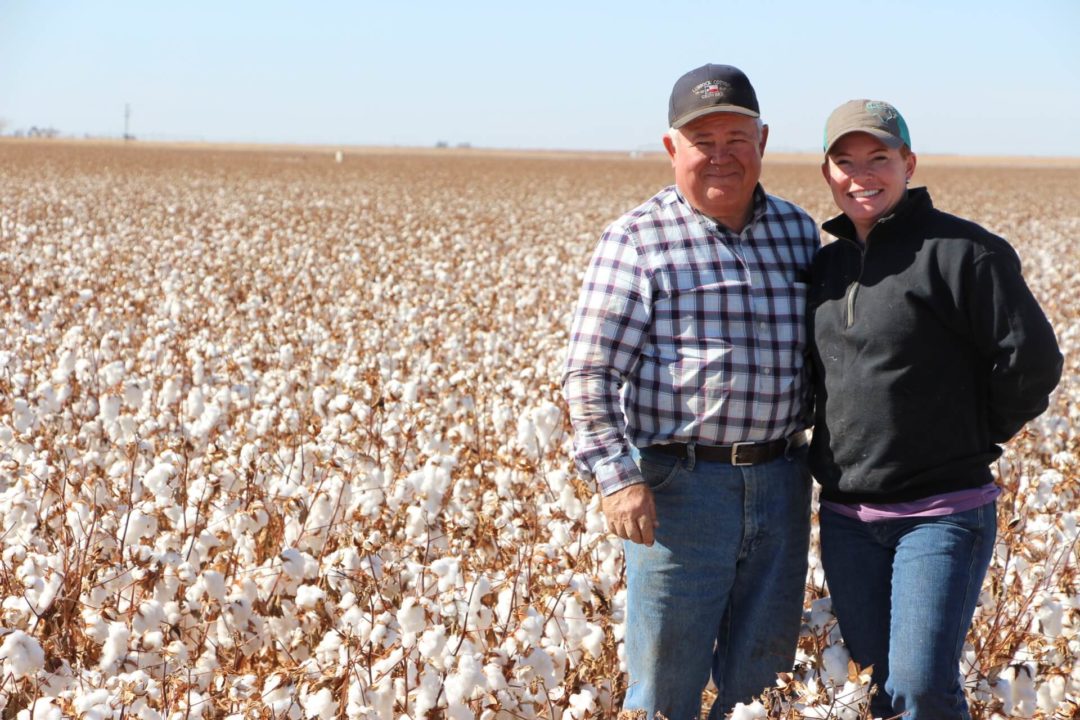Follow the Bouncing Cotton Boll
The recent fluctuation in the futures prices for cotton is deeply unsettling as there is little precedent for the wild swings in prices we have experienced.
Many analysts have blamed index funds for the extreme price movements for cotton on the IntercontinentalExchange. Although this may be true, there are a number of other factors that have helped to wreak havoc on cotton prices.
Over the past few months, a sustained rise in prices for textiles has helped to build uncertainty in the cotton market and helped to fuel sharply higher prices. There is noticeable concern in textile circles that rising prices for basic textiles could translate into lower levels of consumption by consumers in the U.S. and elsewhere. This concern is well founded, as higher wholesale prices will eventually translate into higher consumer prices resulting in potentially lower levels of consumer purchasing, thus reinforcing reduced demand for textiles.
According to new data released by the U.S. Bureau of Labor Statistics (BLS), wholesale prices for textiles and apparel rose sharply in March from comparable year-ago levels. As measured in the BLS Producer Price Index (PPI), prices for yarns and threads rose by a steep 5.4% over March 2007 levels, while at the same time prices for greige fabrics, finished fabrics and industrial textile products each rose by 2.2%, 1.3% and 1%, respectively, over the same time period. For textiles, much of the increase in wholesale prices is a direct result of rising raw material and energy costs.
Although it can take months for textile prices to rise as a result of higher fiber prices, it is interesting to note that there is a strong correlation between rising prices for textiles and cotton. With cotton prices rising more than 25 cents per pound since early 2005, textile producers have little latitude to absorb those higher costs, as margins for textile producers remain razor thin.
At the same time, these increases follow nearly five years of declining wholesale prices for apparel and mark a significant about-face in prices. From 2002 to 2006, consumer prices for apparel actually declined, but beginning in 2007, prices began to rise at a gradual, but steady rate.
In the Doldrums
Needless to say, consumer sentiment is already in the doldrums. The Conference Board, a leading U.S. business and consumer research organization, said in April that consumer confidence has fallen to its lowest level in more than five years.
The Conference Board Consumer Confidence Index, which had declined in February, fell sharply in March. The Index now stands at 64.5 (1985=100), down from 76.4 in January. In March 2003, the Index stood at 61.4 when consumer sentiment was still mired in the effects of the 9/11 tragedy.
The net result: a potential for weaker demand for clothing and, consequently textiles, over the coming months. Although the price increases posted for apparel are far less severe than those posted in cotton and textiles, suggesting the retailers remain reluctant to raise prices too fast on depressed consumers out of fear of making a bad situation even worse.
Nevertheless, if apparel demand proves anemic in coming months, while raw material costs continue to rise, the entire textile-retail complex may be in for a serious bout of “stagflation,” resulting in declining profits and potential shake-out of weaker companies in the supply chain.
So the issue, then, is if textile price increases will result in sustained higher prices for cotton. But, perhaps more importantly, will higher prices for textiles result in lower levels of consumption over the long haul? Such a development would most certainly results in lower prices for cotton. Because of this, it is this supply-demand component of the cotton textile supply chain that may require the most intense analysis in the coming months.
Photo caption:
Robert P. Antoshak









